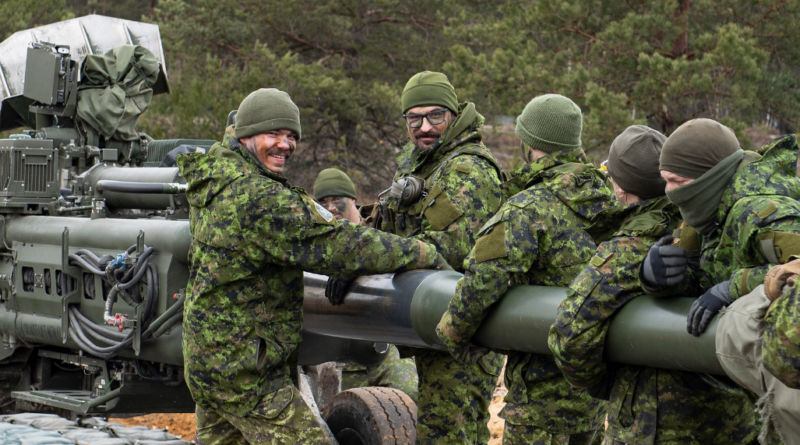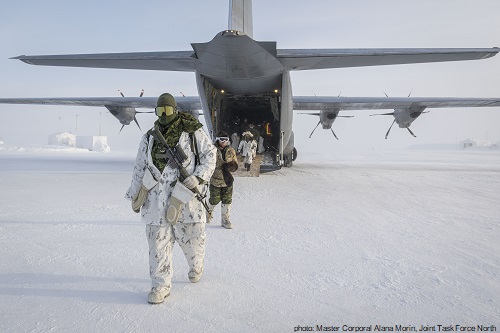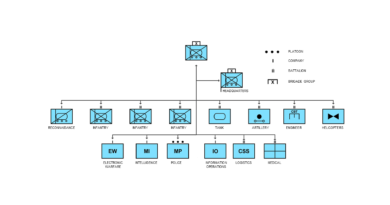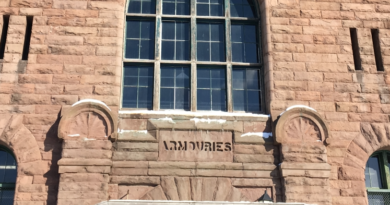Troops
The term ‘troops’ is often used by journalists and others when writing about members of the Canadian Armed Forces. Though the term resonates with the general public, it can be off putting to serving and former members of the Forces, taking away from the quality of whatever article in which it is used. Whilst people of the army recognize its general and specific meanings, others consider it only applicable to the army. Really, the situation is more complex. A recent article, “Translating ‘Truppenführung’” (https://tacticalnotebook.substack.com/p/translating-truppenfuhrung)1 provides some background on the origin of the term ‘troops’ and shows that the term has more to it than as used in Canada. So a couple of army members of RUSI(NS) were asked about their take on the term. This is what they provided.
From the first writer: the term can be used in two ways. First: commonly as a way of talking about military members as a whole, as in “the troops of the First Canadian Division are on parade.” This is everyone who is part of that organization, no matter their uniform, rank, or military occupation. Second: as a tactical organization of platoon-size, although the size can vary around 16 to 40 soldiers depending on troop type.
Artillery troop refers to varying types within a battery including air defence troop, locating troop, field artillery troop, and headquarters (HQ) and administration (Admin) troop. Usually batteries are all the same type of troops, i.e., locating battery. There are several batteries in an artillery regiment.
Engineer troop comes in varieties such as field troop, bridging troop, armoured engineer troop, and headquarters and administration troop. These troops are found within an engineer squadron. There are more than one squadron in a combat engineer regiment or engineer support regiment.
Tank troop refers to an organization of four tanks, each with a crew of four, found in a tank squadron of up to four tank troops and HQ and Admin troop. A three-troop model is being used in Latvia. The HQ and Admin troop is the headquarters element and support organization, it is the single biggest troop in the squadron. There are usually at least one squadron of armour reconnaissance (recce) and one or two squadrons of tanks and a HQ and Support squadron within an armour regiment;
Armour recce troop varies but has several recce vehicles, six to eight with a small coordinating HQ, usually found in a recce squadron of an armour regiment usually consisting of several recce troops and a HQ and Admin troop. In Canadian terms there is usually one recce squadron per regiment, however, in Canadian doctrine there can be a divisional armoured reconnaissance regiment made up of several recce squadrons.
The use of the word “soldiers” applies to members of the Army solely. One can have naval and air personnel within an army unit within certain military occupations that are found in all three services and the special forces. If that unit is being referred to as a unit the members can be called “soldiers” but individually or in small groups they are sailors, soldiers and aviators or by their rank. In Afghanistan as an example, the Navy provided section-size organizations for explosive ordinance disposal and therefore they were definitely known as sailors or Navy personnel although attached to the Army. Army personnel can be posted to a navy or air force unit as well. The unit is a ship, facility or air squadron and collectively they are known as a unit of the air force or navy. Individually, they are known by the rank and service.
From the second writer: In the Canadian Army, an infantry sub-sub unit is called a platoon, while their equivalent in armour, artillery, engineers and signals is a troop. The 2nd lieutenant or lieutenant in charge of these components is called a commander: platoon commander for the infantry and troop commander for the rest – except for armour. In armour units, that officer is known as a troop leader.
The means that “leading the troops” is not the same as “troop leading.” An officer or non-commissioned member of any rank with command authority can certainly “lead the troops,” but only in the Royal Canadian Armoured Corps can a junior officer be a “troop leader.”
In addition to the above, provided by people with long experience in the Army, it was decided to try an artificial intelligence for a description. The challenge to ChatGPT was put as: ‘Write an explanation of the meaning of the term ‘troops’ as used by the Canadian Armed forces and by the media in Canada.’ There is no value judgement as to accuracy of the response.
In the Canadian Armed Forces (CAF), the term “troops” typically refers to enlisted personnel or soldiers who are part of the Army, although it can sometimes be used more broadly to encompass all branches of the military. These are the men and women who undergo basic training and serve in various capacities within the Army, such as infantry, artillery, engineers, and so forth.
In the media in Canada, the term “troops” is often used to refer to Canadian military personnel deployed domestically or internationally on missions, operations, or exercises. It’s a general term that encompasses all branches of the Canadian Armed Forces, including the Army, Navy, and Air Force. When journalists use the term “troops,” they are typically referring to Canadian military personnel as a collective group, regardless of their specific roles or branches within the military.
Overall, whether used within the Canadian Armed Forces or by the media, the term “troops” generally refers to military personnel who are trained and equipped to carry out various tasks, missions, and operations in defense of the country or in support of international peace and security efforts.
Note: 1. The article was part of a series:
Truppenführung (1933) Interwar Armies
https://tacticalnotebook.substack.com/p/truppenfuhrung
Translating ‘Truppenführung’ Part I: The Words
https://tacticalnotebook.substack.com/p/translating-truppenfuhrung
Translating ‘Truppenführung’ Part II: The Books
https://tacticalnotebook.substack.com/p/translating-truppenfuhrung-c64
Translating ‘Truppenführung’ Part III: Higher Truppenführung
https://tacticalnotebook.substack.com/p/translating-truppenfuhrung-9b2




